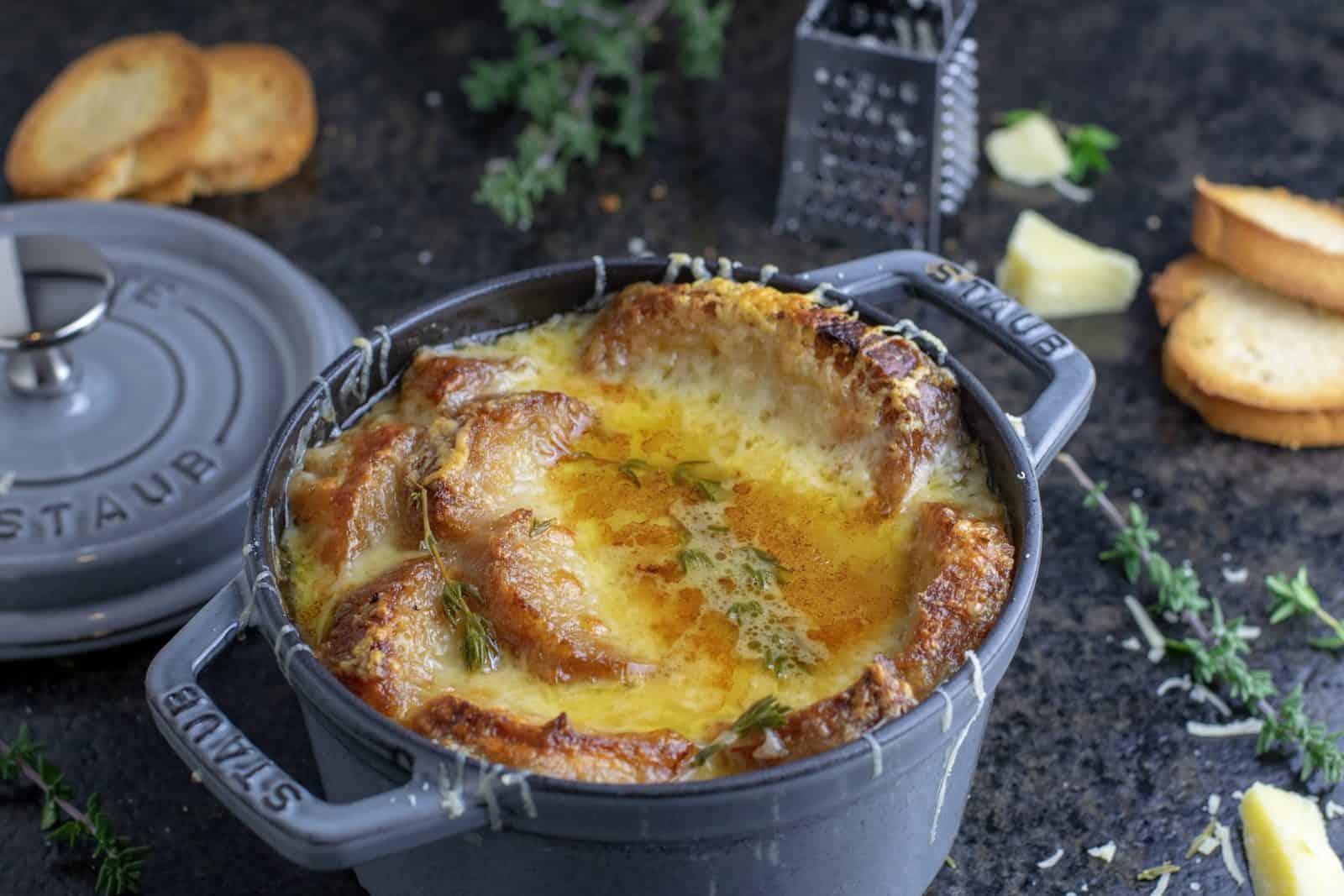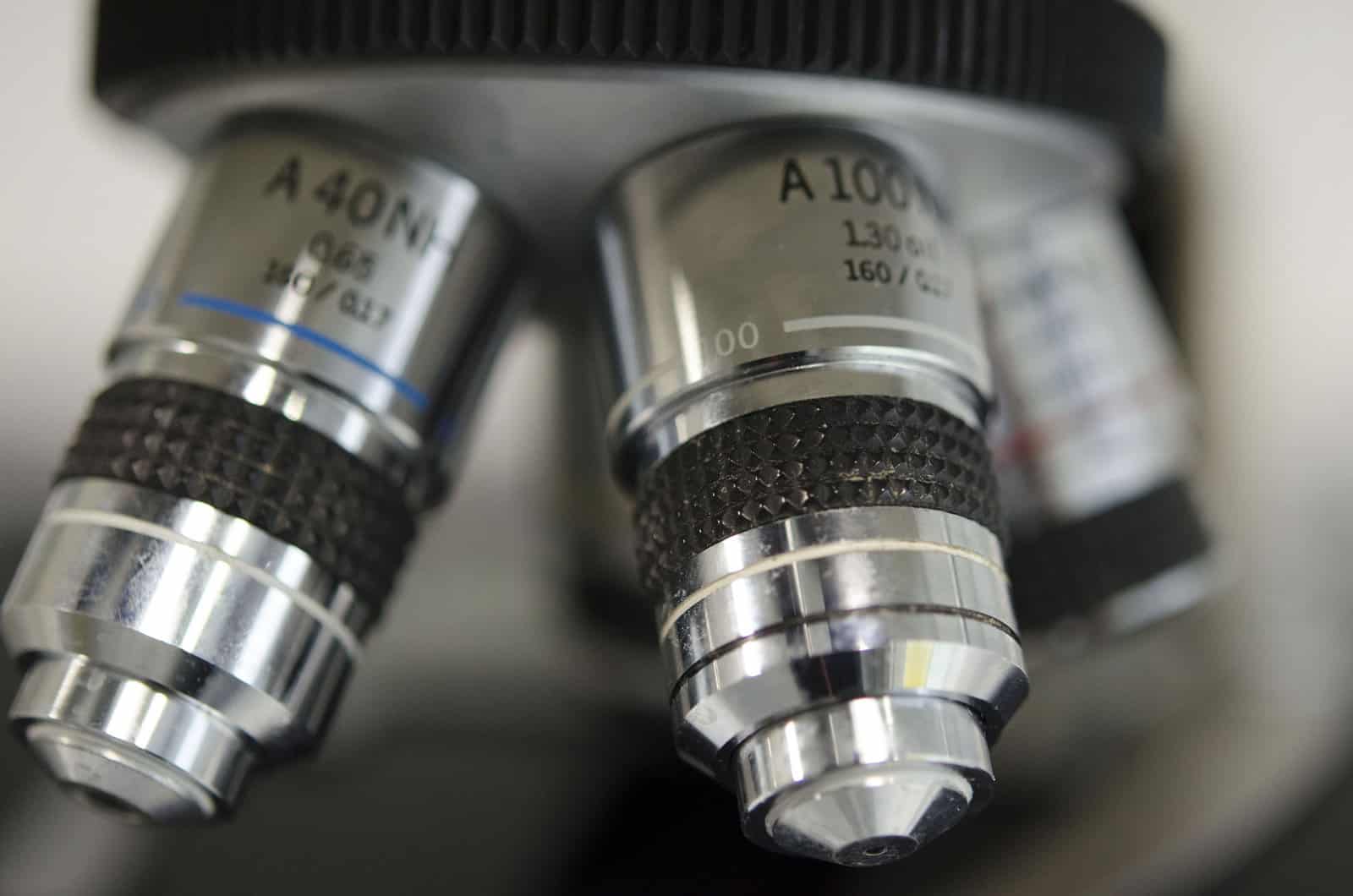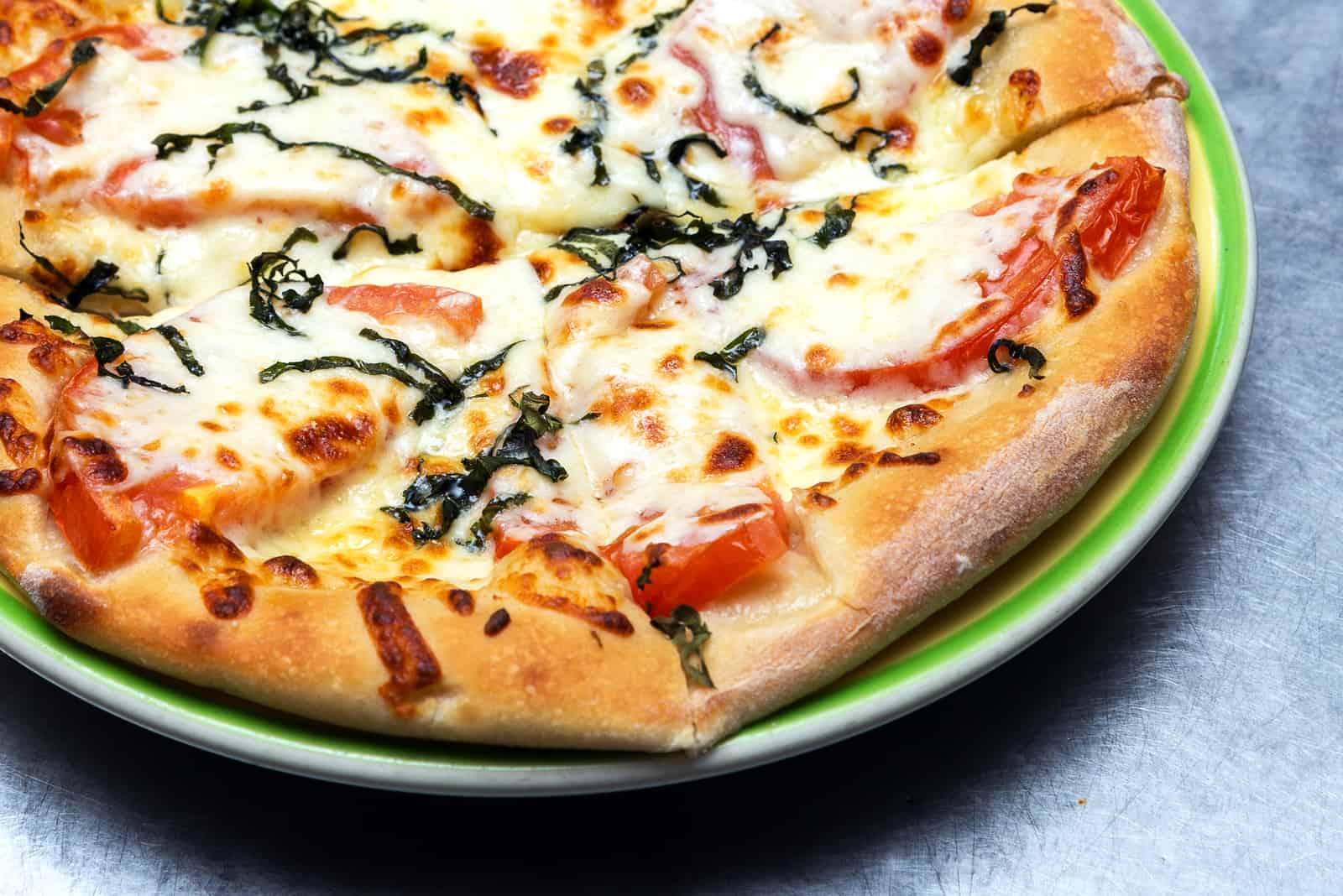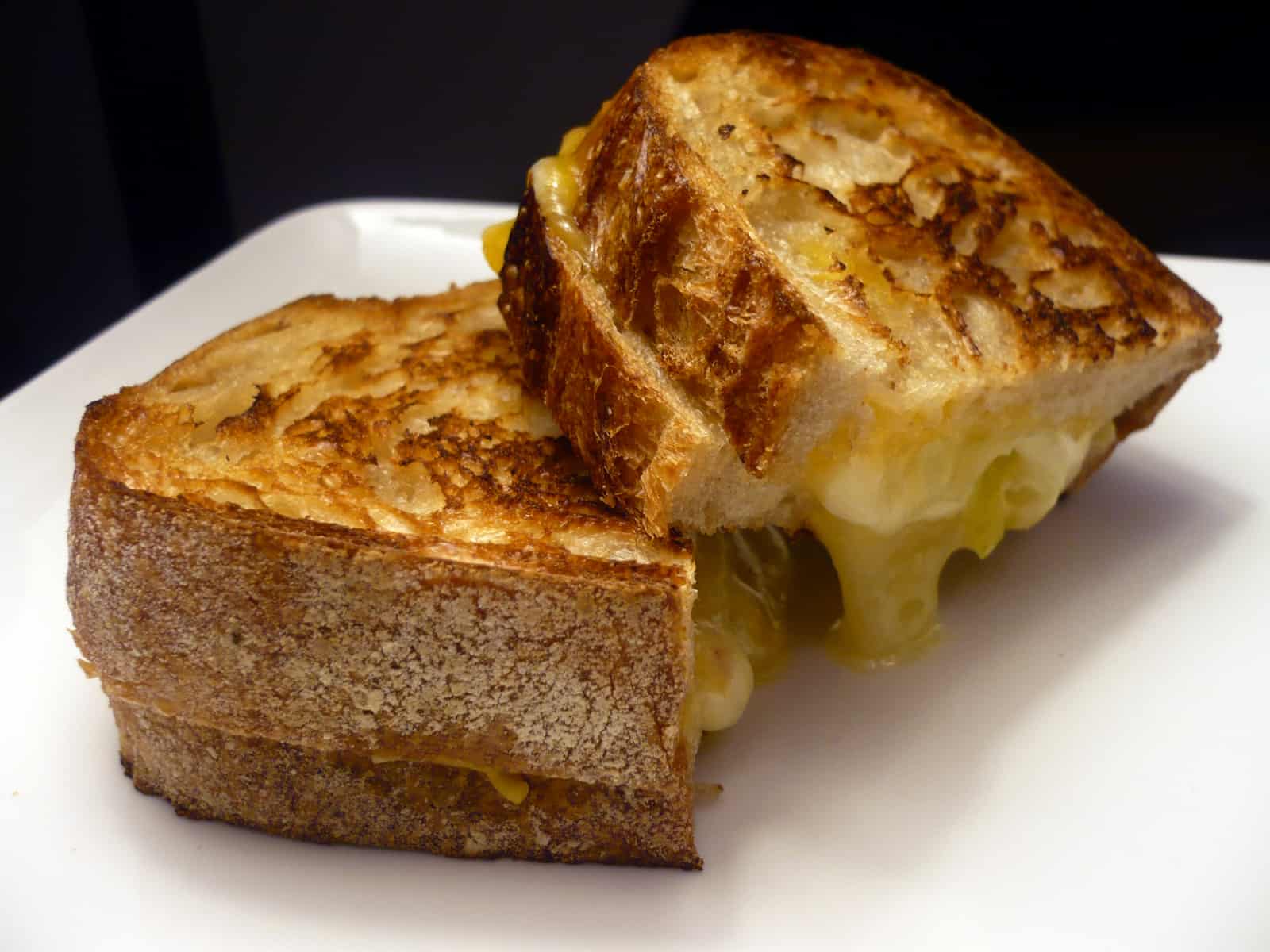
A strange dichotomy underlies the glitz and glamor of the larger world of cheese consumption.
On the one hand, the triumphant resurgence of artisan wedges and wheels—handily crafted with diligence and care—puts forth an image of integrity and authenticity. These cheeses take pride in their creation, boldly laying claim to terroir and tradition, and they also stand alone, sitting front and center in often austere boards and plates.
On the other hand, the goopy hot mess of melted cheese attracts eaters with its guiltily pleasing mass appeal. These “cheeses” revel in their anonymity—from mac ’n’ cheese to cheese pizza, consumers know little about what they’re putting in their mouths other than it’s (probably) dairy and will bear some resemblance to that ur-Cheese flavor of neon-orange American cheddar.
Well, good reader, it’s time we put this tension to rest once and for all. As our recipe page attests, there are thousands of ways to incorporate well-crafted cheese in a wide variety of ooey-gooey dishes, and the secret lies in choosing the right cheese for the right melty job. With a helping hand from our old pal Science, we’re going to get to the bottom of what makes cheese melt and which cheeses are best for what.
Lay it on me—how does cheese melt?
Despite how much we rely upon the word “melt” to describe the viscous breakdown of our favorite dairy product, melted cheese doesn’t technically “melt”. Think back to your junior high science classes—remember those diagrams about the different states of matter?

Photo Credit: “States of Matter” by Yelod | CC BY-SA 3.0
Water and ice were always the preeminent examples: At freezing temperatures, the water molecules bond together to form a rigid, grid-like matrix, becoming a solid. At higher temperatures, the water molecules gain energy, and those bonds loosen to become a liquid or break off completely to become a gas.
While this paradigm works great when we’re talking about pretty simple H2O molecules, things aren’t so straightforward with cheese. Our number-one building block in cheese is the protein casein. In liquid milk straight from the udder, so to speak, casein proteins bind with calcium and phosphate ions to form stable little groupings called micelles, which float around larger milkfat globules and water molecules. During the cheesemaking process, after the milk has acidified and rennet is added to the mix, the casein micelles start to break down and clump together, gradually forming a matrix that encloses and traps the fat and water. When you “melt” cheese, the heat is actually just kneading and stretching those stiff casein bonds rather than truly breaking them down, allowing moisture and fats to escape their casein imprisonment.

While moisture and fat are important to the melting quality of different cheeses, it’s really all about those casein bonds. For the most part, the longer a cheese ages, the more enmeshed the casein micelles become and the stronger the bonds. In a fresh cheese like mozzarella, for instance, the casein micelle bonds are loose and elastic, so when it heats up the cheese is able to ooze and spread out smoothly and evenly. In a harder, parmesan-style cheese, in contrast, the casein micelle bonds are tough, so it not only takes a higher temperature to start to break down the casein matrix but those casein micelles will collapse unevenly into larger chunks. (Learn about other factors that influence the meltability of the cheese here.)
All right, so I get the chemistry (sort of). How does this apply to my cheesy needs?
Once we get past all of that sciencey gobbledygook, we’re left with a single, brilliant cheese maxim: The younger the cheese, the stretchier and smoother it will melt; the older the cheese, the clumpier and harder to break down. Cheese, of course, doesn’t exist in a vacuum of only hard, aged cheese and only soft, fresh cheese, but in a continuous spectrum that offers an infinitude of different melt qualities.

Let’s take a look at our fresh melting-cheese superstar, mozzarella. Recently proclaimed the very best melting cheese for pizza by the Journal of Food Science, mozzarella is like a perfect storm of awesome meltability. When baking, the high moisture content of the cheese gets turned into steam, and because the cheese is so elastic, bubbles are able to form. These raised bubbles shed off excess fatty oils on the surface, allowing the cheese itself to come into contact with the heat and form those beautiful, crispy brown blisters.

Finally, think about the quintessential plate of spaghetti and meatballs. If you threw on some cubes of mozzarella, the cheese will get super-stringy; a slice of cheddar on top will ooze out a little bit but generally maintain its shape; and a thick chunk of Parmigiano Reggiano is just gonna sit there and maybe sweat out some fat. So how do you get that cheesy flavor and melty consistency without getting into some weird textures? While the larger, aged cheese is only gonna melt into clumps, you can dictate the size of those clumps ourselves by (drumroll…) grating the cheese! The little Parmigiano Reggiano flakes will melt into their own tiny little units without getting stringy and loosing its fat content, and you got on your hands the perfect red sauce–cheese ratio in the world.



